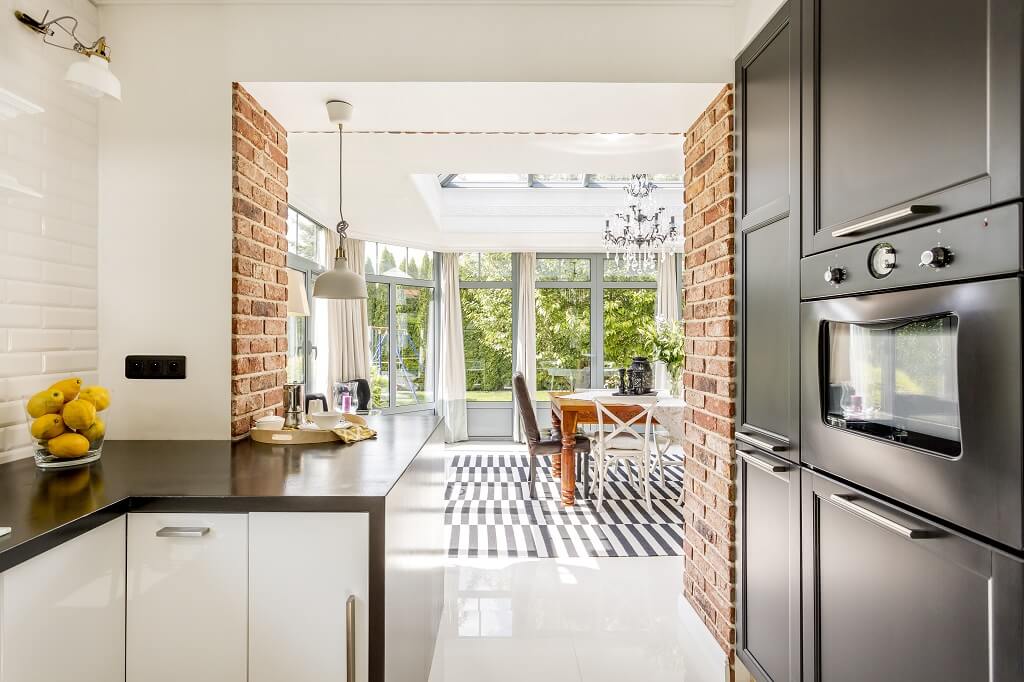Panelists speaking at the 2017 Marcus & Millichap Multifamily Forum in Dallas acknowledged that multifamily’s techno buzz is alluring but advised keeping a finger on the human touch when considering what amenities to pursue in the future. The expense and implementation of smart technology can lose its luster compared to a hands-on environment that promotes the resident experience.
“USB ports are exciting and sexy,” Alpha-Barnes Principal Hugh Cobb said, but added that the “human factor brings that community together.”
Concierge services and activities that promote sense of community
The session was one of a handful for developers, owner/operators, investors and multifamily industry experts to share their thoughts on where the industry is headed, not just the short-term trends but what investments will ensure long-term success. In addition to Cobb, the panel included ButterflyMX CEO Cyrus Claffey, Pinnacle Regional Vice President Toni Rials, Greystar Director Aaron Sturman, Implicity Management’s Jody Marquez, RealPage Director Andrew Bowen and United Renovations Founder Steven Bolos.
Sentiments echoed somewhat to that of a recent multifamily resident survey that suggested the tried and true basics of apartment amenities are just as important as the latest bling.
While hot topics like autonomous vehicles and in-apartment package delivery were bantered, owners and operators focused on concierge services that enhance the resident experience and activities that promote a sense of community.
Cobb said the trend is designing smaller, catchy apartments that are smart, a preference of Millennials, while establishing a culture that maintains focus on resident interaction.
Rials said the company has tested catchy smart features in high rises where residents are more likely to embrace in-apartment amenities than in the suburbs where outdoor amenities are more plentiful. Among them are motion sensors that turn on appliances and lighting when the resident walks nearby.
But, “there’s a lot of risk anytime you adopt new technology.” She said many property owners and managers can relate to rapidly changing technology, especially the pain of some long-term contracts commanded by internet and cable providers.
Marquez said mixing in a little wine and cheese to appeal to resident senses is always a safe bet. Wine tastings and culinary exhibitions that promote community involvement can be presented for next to nothing and are effective ways to retain residents and attract others.
Don’t forget man’s best friend
Most said don’t forget man’s best friend, a recurring theme that panelists circled back to more than once while mulling everything from the future impact of autonomous vehicles to automated window shades.
“Anything geared around pets,” Rials said. “People want units that are pet friendly with built-in space for them instead of crates.”
While most agreed that dog parks are a good investment, Bolos said there are downsides to the pet-friendly areas aimed at attracting and retaining renters among the 43.3 million U.S. households that own dogs.
The wear and tear of big grassy areas for pets to do their thing is unappealing and synthetic surfaces aren’t always the solution, especially when dealing with the smell.
“I just don’t know about the synthetic grass thing for dog parks,” he said. “The pet urine really smells in the heat of the summer.”
Packaging delivery and repurposing outdated spaces
Panelists agreed that package delivery is an important amenity, but Rials is skeptical about Amazon Key, the mega internet retailer’s new plan to deliver packages inside homes while the resident is gone. A few years ago, she said, renters were willing to let outsiders into their apartment for service and so forth while away, but today that’s changed.
“Residents don’t want anybody in their apartments, ever,” she said.
Also, Pinnacle is looking at outdated amenities like tennis courts and upgrading them with features that attract residents who aren’t necessarily looking for a ball-in-hand experience.
“The biggest thing for us is repurposing outdated spaces,” Rials said. “We’re turning those tennis courts into dog parks on one side. On the other we’re putting a grill out there where people can get together. We’re also repurposing laundry rooms.”
Human capital: finding the right way to create the perfect resident experience
Clearly, managing human capital was on every panelist’s radar. With unemployment at record levels and qualified multifamily professionals in demand, Cobb believes retaining good employees who can make a difference in the resident experience will cost property owners and managers more in the future. But they are extremely important to the community.
“It’s the amenity of human capital,” he said. “I think there is going to be some wage pressure. We’re going to see wage growth.”
Bolos said the perfect resident experience is all about finding the right balance of technology designed for self-sufficiency while offering attractive interactive opportunities to get residents out of the unit and mingle with neighbors and staff.
“Technology and less interaction with staff is a reality,” he said. “Technology is here to stay, but we can lose sight of getting the staff and residents together.”
But technology ultimately pieces together the value of amenities, said Bowen, RealPage’s director of asset optimization. Transaction data holds the key to what types of amenities provide the right return on investment, especially in new multifamily development.
“Data is valuable to everybody.”


